The locomotive in question is Denver & Rio Grande Western SD40T-2 No. 5401, a six-axle locomotive EMD built in 1980 for the railroad. Tallman says the locomotive is placed next to the last Denver & Rio Grande standard-gauge steam locomotive. The diesel will be re-painted to remove lettering from Union Pacific and restore its original paint scheme. Tallman says the museum will eventually install an interpretative panel discussing the historical significance of the locomotives.
No. 5401 is one of 73 tunnel motors Rio Grande executives purchased. They are known as tunnel motors because their cooling systems were redesigned with the confined spaces and limited fresh air available to locomotives in tunnels and snowsheds while crossing the Rocky Mountains.
Southern Pacific also purchased tunnel motors. Both railroads eventually became part of Union Pacific, which donated the locomotive to the museum about eight years ago.
Donald Tallman, the museum’s executive director, tells Trains News Wire that the Aug. 22 move from a MillerCoors siding along BNSF Railway tracks to the museum took about six hours.
Tallman says the City of Golden, MillerCoors, BNSF Railway, S/D Enterprises, and track contractor RRTC all donated workers’ times and services to move the locomotive. Hulcher Services, with its specialized railroad moving equipment, moved the locomotive at a significant discount to the museum.
“We are grateful to the Union Pacific for the donation of this important piece of Colorado Railroad history, and excited that after 8 years in storage at MillerCoors we were able to get it moved to the Museum for interpretation and display,” Tallman says.
The museum is accepting donations for the preservation and interpretation of the tunnel motor.





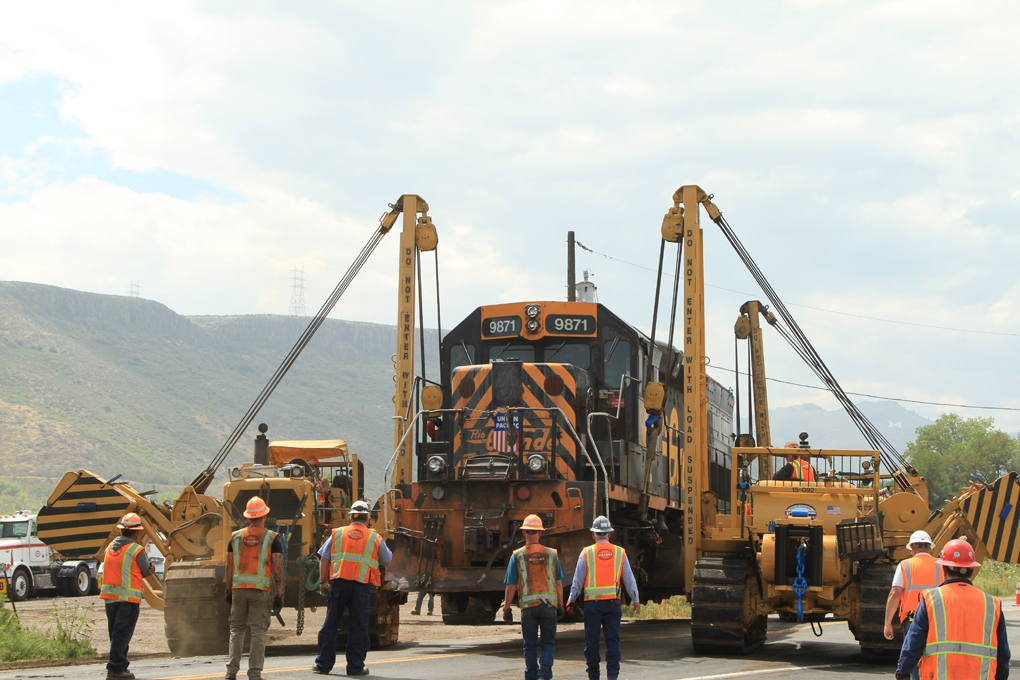



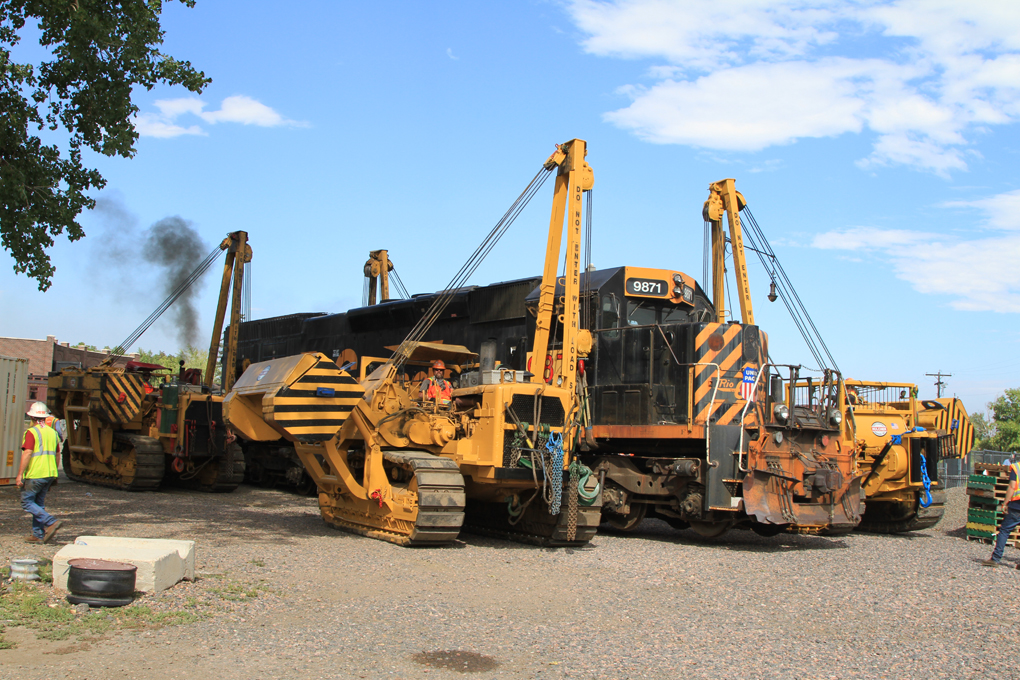
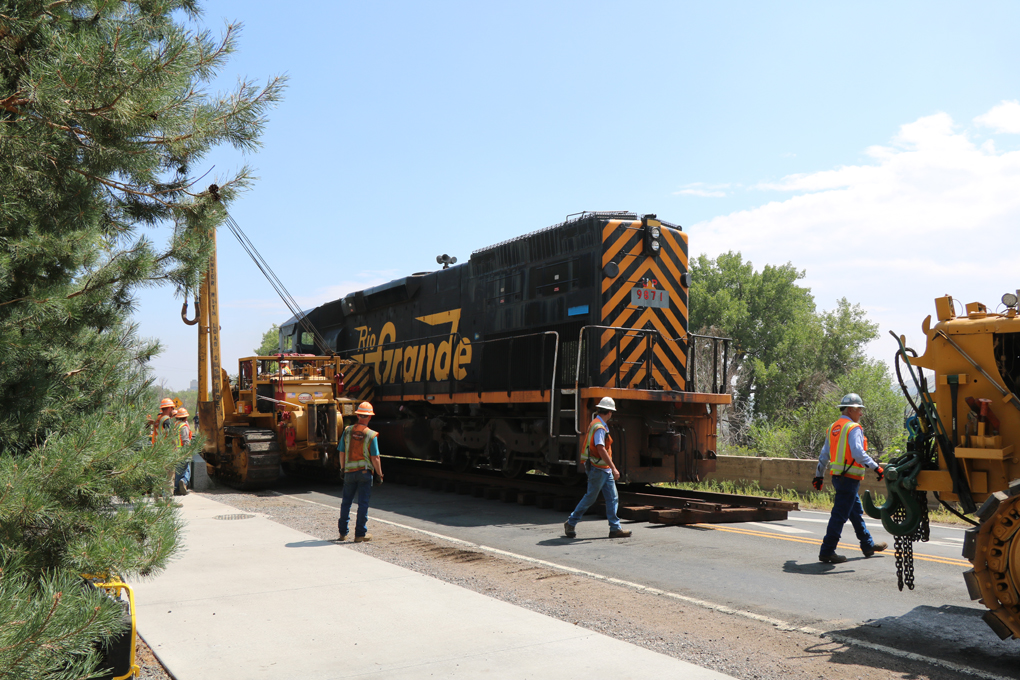
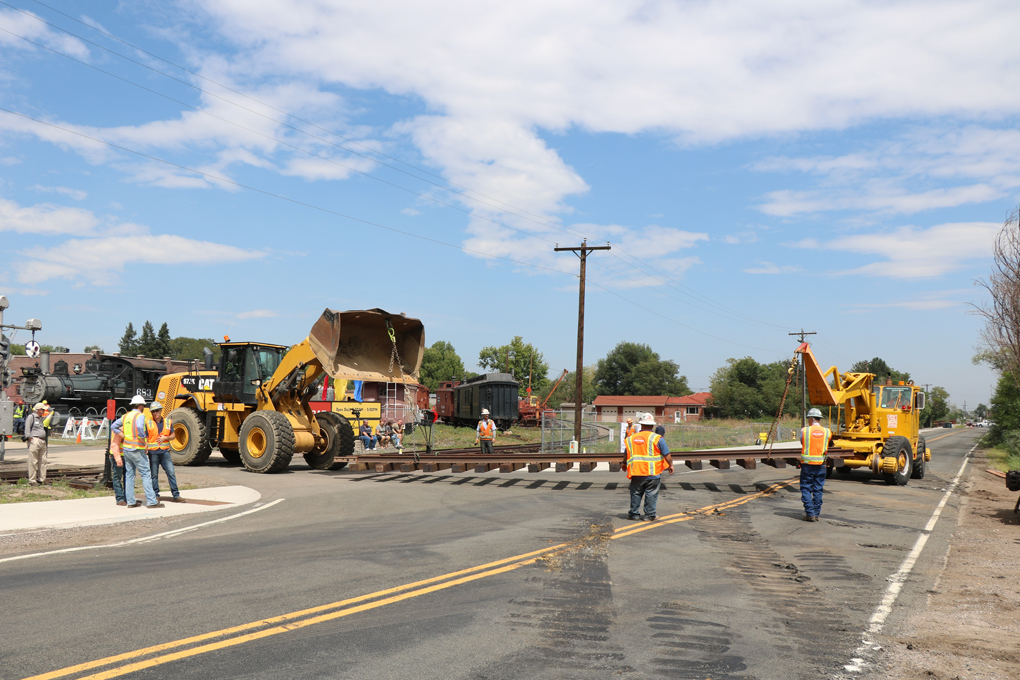
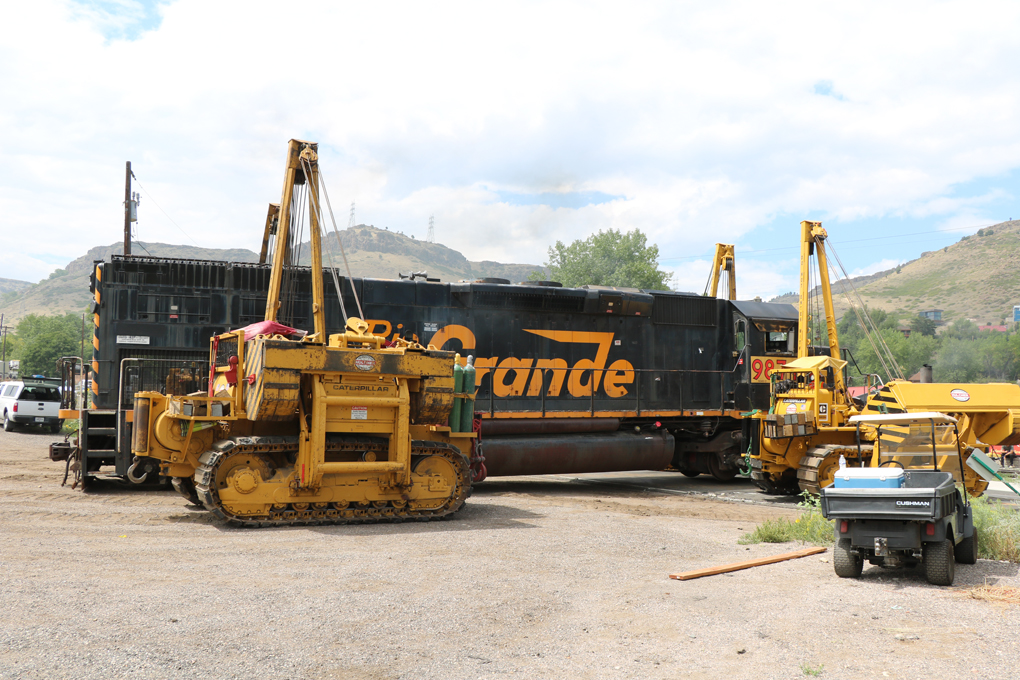
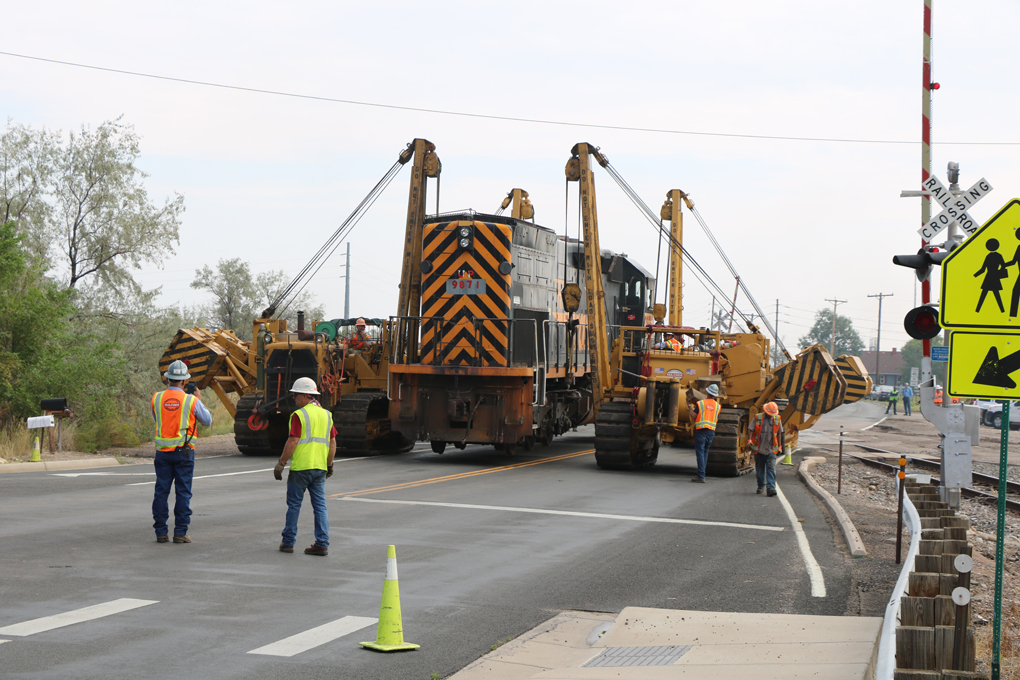
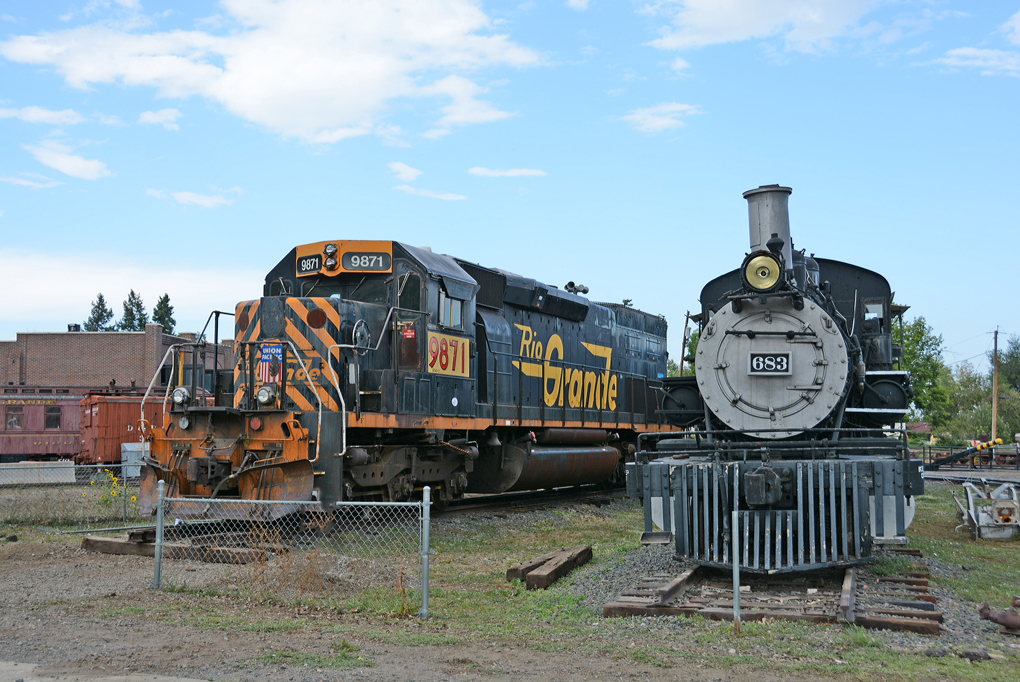











AMAZON customers do not forget AmazonSmile!
The tunnel motors were unique and it is fitting that one be preserved at the Colorado Railroad Museum not that far from it’s former home rails.
Mr. McWilliams: Did you know the late (RIP 2-14-2018) Ed Chambers? I believe he worked for Hulcher about the same time you did.
Great to see a Rio Grande example preserved, that’s assuming there’s an Espee one preserved somewhere too.
Good to see such a big locomotive saved! But isn’t there active track around the museum not requiring such a move? (Railway Age offers news to non-subscribers why doesn’t Trains?)
I was told when working for Hulcher 30 some years ago, (yikes!), that two side booms and a track loader ran around $800 an hour. I wonder what the “discount rate” was now?